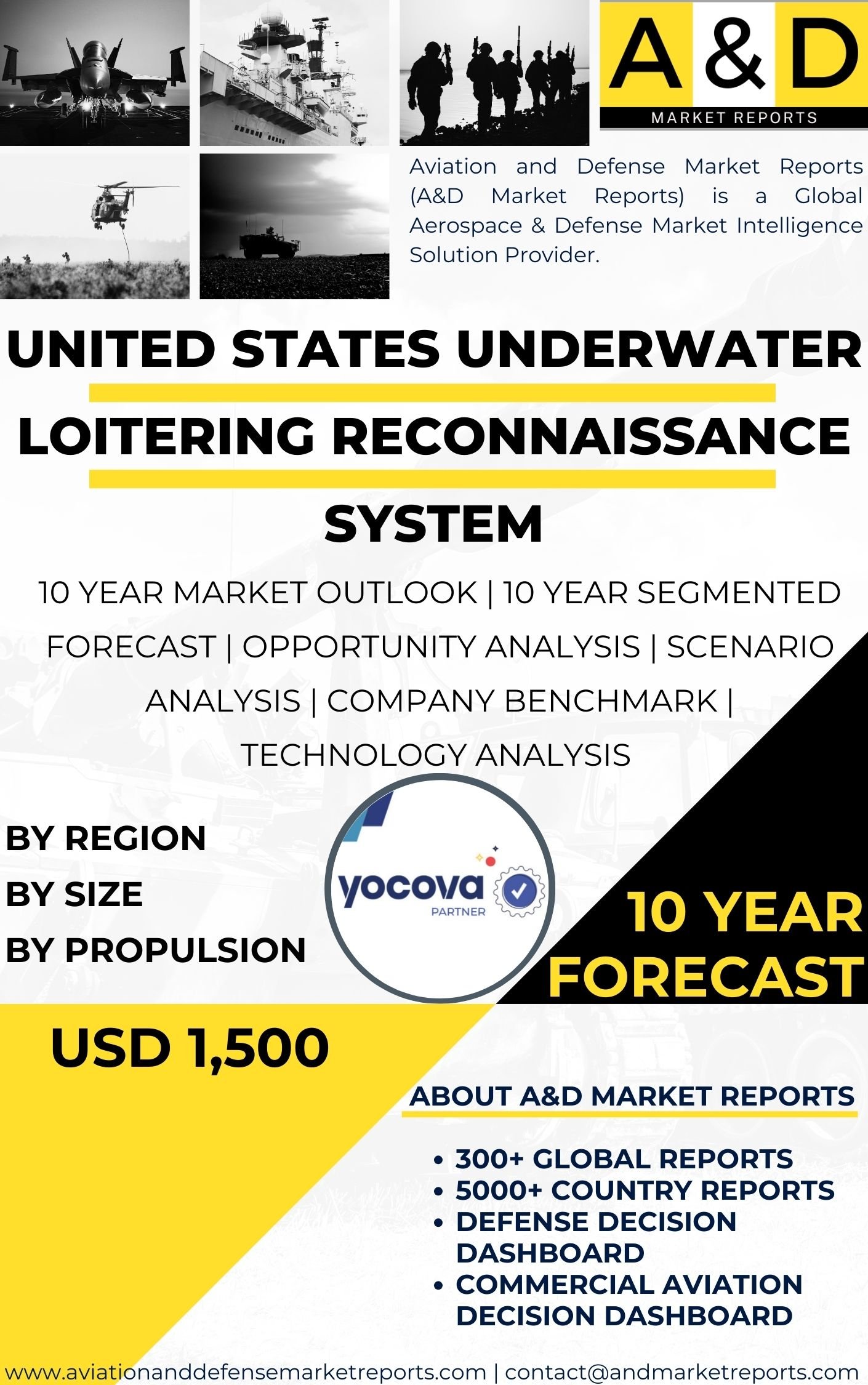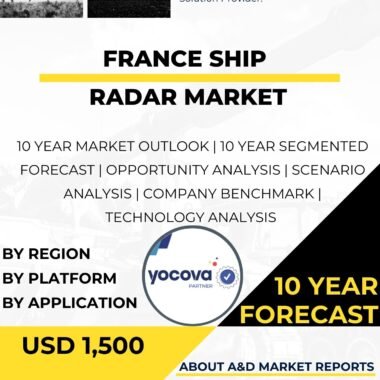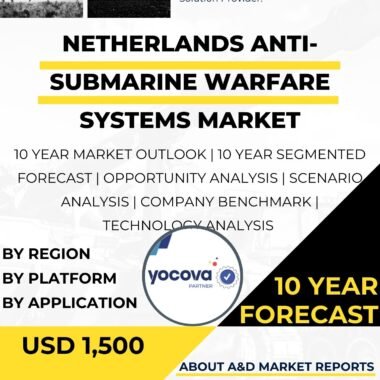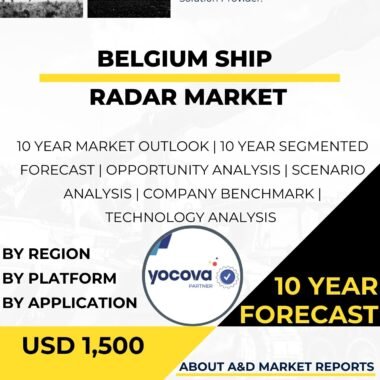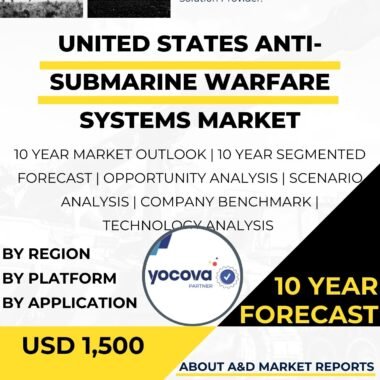Description
The United States is a significant influencer in the global underwater loitering reconnaissance system market, driving innovation and advancing the capabilities of these unique underwater systems worldwide. Underwater loitering reconnaissance systems represent a transformative approach to underwater surveillance and intelligence gathering. These systems are designed to operate autonomously, loitering in a specific area for an extended period, collecting data, and transmitting critical information to operators. With its robust research and development ecosystem, extensive naval assets, and a commitment to maritime security, the United States plays a pivotal role in shaping the global underwater loitering reconnaissance system market.
One of the key drivers of U.S. influence in this market is its dedication to advancing underwater technology for military and defense applications. The United States Navy recognizes the strategic importance of underwater reconnaissance and surveillance, leading to substantial investments in the development of cutting-edge underwater loitering reconnaissance systems. These systems are deployed for missions such as monitoring underwater infrastructure, tracking maritime traffic, detecting and neutralizing underwater threats, and conducting intelligence, surveillance, and reconnaissance (ISR) operations.
The U.S. military actively collaborates with allies and defense partners to strengthen global underwater loitering reconnaissance capabilities. Cooperative research and development initiatives, joint exercises, and information sharing facilitate the sharing of expertise and technology among allied nations. This collaborative approach not only enhances interoperability but also establishes a network of nations with advanced underwater loitering reconnaissance capabilities.
Furthermore, the United States actively promotes the adoption of underwater loitering reconnaissance systems for diverse applications, from maritime security to environmental monitoring and scientific research. These systems offer unique advantages, such as long-duration operations, real-time data collection, and the ability to access remote or sensitive underwater areas. The U.S. Navy’s investment in loitering reconnaissance technology not only strengthens national security but also influences the global market by setting standards for performance and versatility.
Private sector innovation and entrepreneurship in the United States contribute significantly to advancements in underwater loitering reconnaissance systems. American companies and startups are actively engaged in developing and commercializing these systems, both for military and civilian use. This vibrant ecosystem of innovation fosters competition, drives technological breakthroughs, and expands the global market for underwater loitering reconnaissance systems.
Moreover, the United States plays a crucial role in establishing regulatory frameworks for safe and responsible underwater drone operations, including loitering reconnaissance systems. Regulatory agencies like the Federal Aviation Administration (FAA) and the National Oceanic and Atmospheric Administration (NOAA) have been instrumental in shaping regulations that govern underwater drone operations. This leadership ensures the safe integration of loitering reconnaissance systems into maritime environments and serves as a model for other countries developing their own regulatory frameworks.
In conclusion, the United States holds a central position in shaping the global underwater loitering reconnaissance system market through its commitment to technological advancement, cooperation with allies and partners, and leadership in underwater surveillance and reconnaissance capabilities. The U.S. Navy’s investment in loitering reconnaissance technology, coupled with private sector innovation and regulatory leadership, influences the trajectory of these systems worldwide. As the use of underwater loitering reconnaissance systems continues to expand across various sectors, the United States remains at the forefront of global efforts to harness the potential of these systems for a wide range of applications, from defense and security to environmental monitoring and scientific research.
